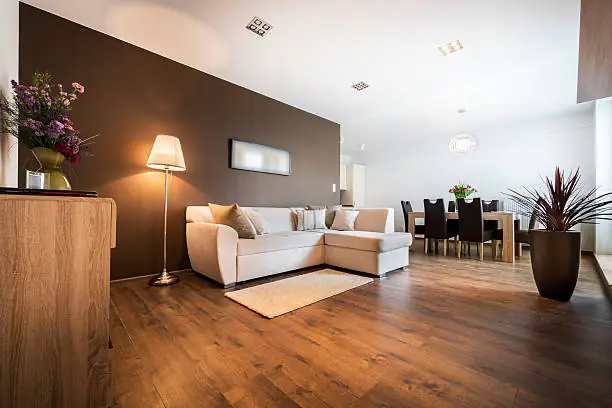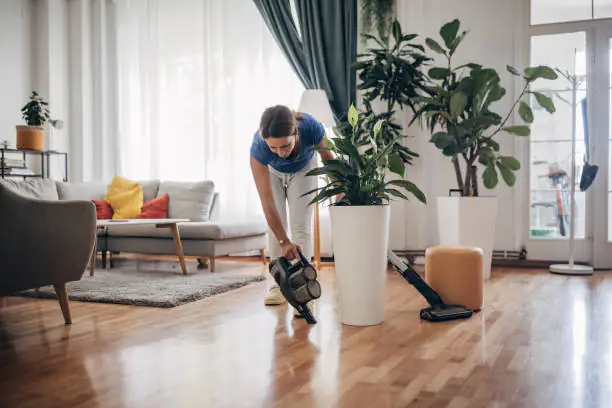
What to Do with Furniture When Getting New Flooring? Complete Guide
Oh, the joy of sprucing up your home with new flooring! It’s an exciting adventure, isn’t it? Whether you’re dreaming of that elegant hardwood in your dining room or fancy a plush carpet for your cosy family room, the question remains: “What on earth do I do with all my furniture?” Not to worry, love. We’ve got you covered with simple steps and tips to make the process a breeze. Let’s dive in, shall we? Planning Your Space First things first, let’s have a think about the size of your project. Are you redoing the entire house or just sprucing up a room or two? If it’s just a room, moving furniture to another part of your home might just do the trick. But if you’re looking at a whole house project, you might need to get a bit more creative. Perhaps consider a temporary storage solution or even asking a neighbour if you can borrow some space in their garage. Time and Timing Now, how long is this all going to take? The duration of your flooring installation can vary based on the type of flooring you’ve chosen and the size of the area being covered. Knowing this can help you plan whether your furniture needs a short holiday outside your home or just a quick shuffle around. The Heavy Lifting Moving furniture can be a bit of a workout, can’t it? If you’re up for the challenge, moving items yourself or with the help of a friend can save you a few quid. However, if you’ve got some particularly hefty pieces, you might want to consider hiring professional movers to avoid any backaches or damage to your belongings. Making Room How much space have you got? If you’re blessed with extra rooms or a large garage, you’ve got plenty of options for storing furniture during the installation. But if you’re living in a more compact space, you might need to get a bit more creative. Renting a storage unit or using a portable storage pod can be a lifesaver. Budgeting for the Move When it comes to moving and storing your furniture, it’s a bit of a balancing act between your budget and how much physical effort you’re willing to put in. Whether you’re doing the heavy lifting yourself or hiring help, it’s important to factor these costs into your overall flooring project budget. Working with Installers Some flooring installers might offer to move your furniture as part of their service, but this isn’t always the case. Be sure to ask about this upfront so you can plan accordingly. And remember, even if they do help with the furniture, you’ll need to secure your smaller personal items beforehand. Protecting Your Belongings and New Floors Once you’ve got a plan for moving and storing your furniture, let’s not forget about protecting your belongings and your new floors. Consider using felt pads on furniture legs and ensuring that everything is lifted rather than dragged across your beautiful new floors. Conclusion Getting new flooring doesn’t have to be a hassle, even with all the furniture moving and planning involved. With a bit of preparation and a clear plan, you can navigate this exciting home improvement project smoothly. And before you know it, you’ll be enjoying your stunning new floors without a hitch. So, go on, get started on your flooring adventure with confidence! Frequently Asked Questions (FAQs) Can I stay in my house during flooring installation? Yes, you can stay home, but consider the area being worked on and noise levels. Some choose to temporarily relocate for convenience. How long does flooring installation take? Installation time varies by flooring type and project size, typically ranging from 1 day for a room to a week for whole-house flooring. Do flooring installers move furniture? Some installers offer furniture moving as an extra service. Always check beforehand as this can affect the project’s cost and timeline. Can new flooring go over old flooring? In many cases, yes. However, it depends on the flooring type and condition of the old flooring. Consult a professional for advice. How do I prepare for flooring installation? Clear the area of furniture and personal items, remove fragile items from walls, and ensure easy access for the installation team. For more information Click here…

